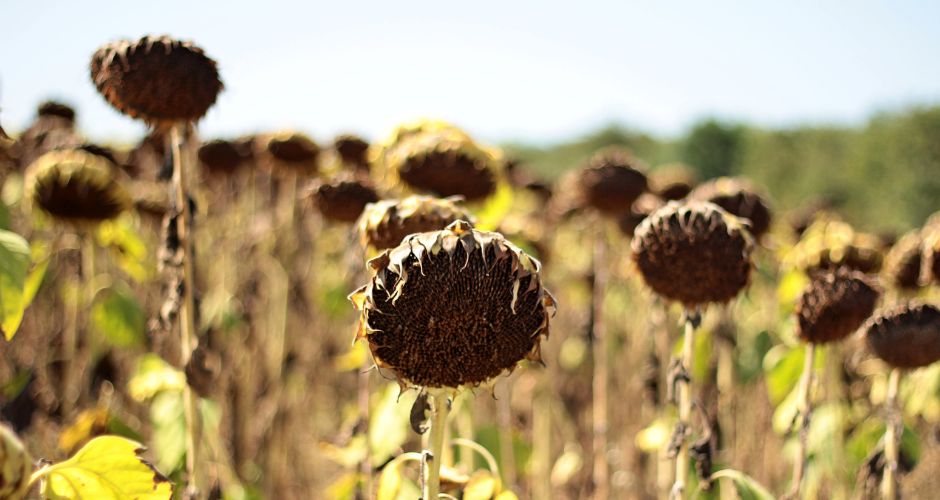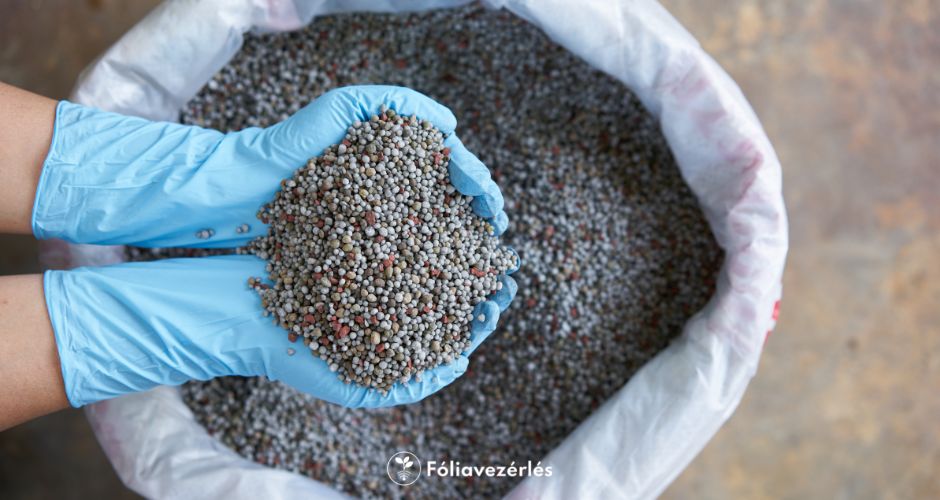Europe is suffering from a drought on a historic scale,- begins a Facebook post by the Ministry of Agriculture. The Ministry draws attention to the rules to be followed in the event of yield reduction due to drought in order to be fully or partially exempted from contractual obligations.
But what do we exactly call a drought?
A drought is a period when there is very little precipitation, or when precipitation altogether reaches the usual amount, but due to high temperatures, evaporative loss from the soil increases significantly. This can block plant growth as a result of necessary moisture shortage and can lead to plant decay.

Due to severe climate change, Europe has also experienced a significant decrease in average precipitation for several years. This has led to more frequent drought periods.
The extent of drought is characterised by the so-called “drought index”:
- moderate drought – 5-6,
- medium drought – 6-7,
- severe drought – 7-8,
- in the case of extremely severe drought, more than 8.
How can we protect ourselves?
At national level, regions are trying to help each other with water transfer facilities and water retention. They are trying to do this by means of water transfer channels, reservoirs, dams.
Soil improvement is recommended as one of the most effective methods. This involves deep loosening of soil and storage of water and its use at the right time. Deep loosening in turn helps water to seep down into deeper layers, keeping the soil moisture for longer.
The team of Smart Greenhouse Control is also committed to the importance of focusing on climate change and trying to reduce our ecological footprint.
European farmers are under great stress these days, not knowing what will happen to their annual yield and their livelihood. The current drought conditions do not make open-field farming any easier. Foil tunnel and greenhouse farmers benefit from the fact that they can control heat and humidity, and their managed irrigation system helps them to ensure that the plant actually receives water when it needs it.
The Smart Greenhouse Control team has developed a wireless sensor network that can easily determine both leaf and soil moisture. These two sensors help you to know exactly when and how much to water, whether in the field or in the foil tunnel. The plant can then signal that it needs water.
Ec, ph, light intensity (lux), temperature, sodium, phosphorus, potassium, humidity and irradiance meters can also be connected to the station.
We should not let plants stress due to lack of moisture, because their fruits will not grow, fall off or vegetate. This way all the work invested is wasted. Data collected by the sensor network allows us to communicate with our plants.





